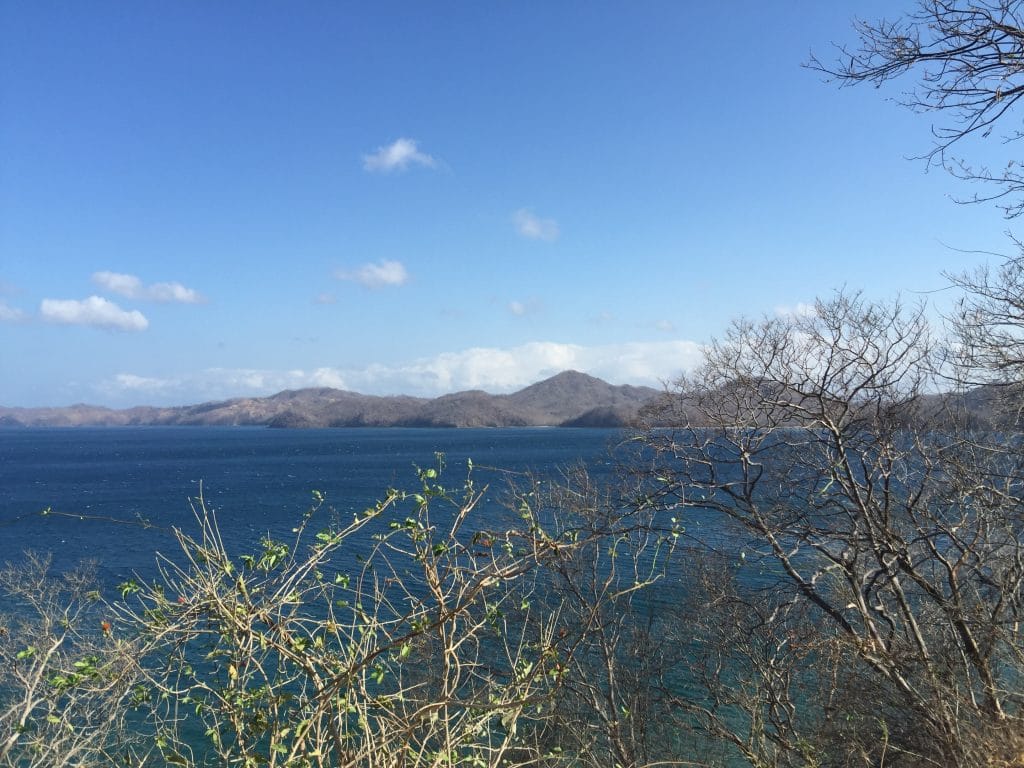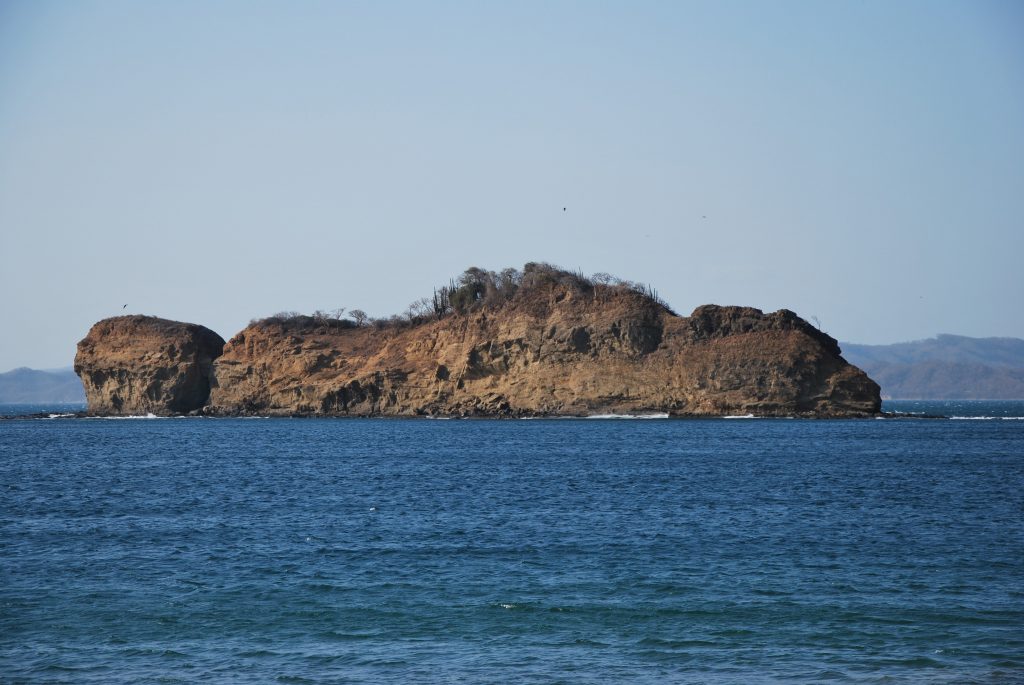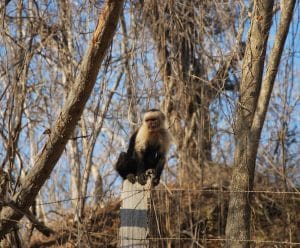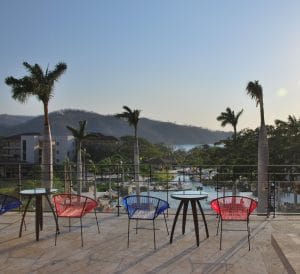 Pura Vida or Healthy Living
Pura Vida or Healthy Living
I took a bucket list trip this spring break to Costa Rica. One thing struck me immediately with the Costa Ricans or Ticos. They enjoy healthy living. Not many are overweight. In fact, many are thin especially the males. Their posture is more erect than Americans and they move with a certain amount of fluidity and grace with an up tempo gait.
Their skin is youthful with few wrinkles even among the elderly. And, Costa Rica is considered the happiest country on the globe according to the Happy Planet Index. Ticos speak of pura vida or the pure life and that pure life seems evident based on their physical appearance.
The obesity rate in Costa Rica is 10% lower than in the United States with obesity defined as a BMI greater than 30 kg/m² but it seemed much lower to me, though we did not see a representative cross-section of Costa Ricans. I saw very few males under age 40 that I would consider obese though some were overweight (BMI over 25 kg/m²). There was definitely a trend to men being fatter with age with the typical low testosterone belly being seen in men over age 50.
In general though, Costa Ricans look very healthy and they do have good access to high quality medical care. Here is a link to Costa Rican healthcare. Costa Rica has become a medical tourism site where high quality medical care can be obtained inexpensively and delivered by well-trained physicians with many being trained in the United States.
One very visible and reliable indicator of good health is dental care. It’s virtually impossible to enjoy good health with poor dentition. Even the few Ticos in the most rural areas that we encountered appeared to have good dentition. Poor dental care is associated with high inflammation which is linked to chronic disease and poor health. Many of the Costa Ricans that worked at the resort and airport also had their teeth whitened (I assume).
Initially, I thought their excellent posture was related to not texting on cell phones which has been linked to poor posture in Americans. But, it turns out according to the locals we spoke to that nearly in everyone in Costa Rica has a cell phone. Not only that, but even many of the most dilapidated houses have a satellite dish, and some two. So a lack of technology isn’t the reason. Perhaps their better posture is related to living more physically active lives and healthier eating which protects against osteoporosis.
Recently it has been reported that prisoners in the US spend more time outdoors than American youth. What a sad commentary on our country. This lack of activity in the US is not good for raising a healthy population. Costa Ricans, on the other hand, are physically active. It’s a part of their day for many of them.
 Life expectancy in Costa Rica is 78.5 years compared to 77.4 years in the United States despite the fact Costa Rica has a higher infant mortality rate about 3% to 4% higher than the United States. It also has higher rates of dying from infectious diseases in childhood. In 2012 Costa Rica passed one of the strictest smoking regulations in the world essentially limiting smoking to private homes and on public streets.
Life expectancy in Costa Rica is 78.5 years compared to 77.4 years in the United States despite the fact Costa Rica has a higher infant mortality rate about 3% to 4% higher than the United States. It also has higher rates of dying from infectious diseases in childhood. In 2012 Costa Rica passed one of the strictest smoking regulations in the world essentially limiting smoking to private homes and on public streets.
A 60 year-old in Costa Rica has a four times better chance of making it to age 90 than a 60 year-old in the United States. The mortality rate in Costa Rica after age 90 is 14% lower than it is for the average of 13 high income countries. The mortality rate is especially lower in 90 year-old plus Costa Rican males compared to males in other countries. This reduced mortality in nonagenerians (those in their 90s) is attributed to less cardiovascular disease and lower rates of obesity.
The Nicoya Peninsula of Costa Rica is one of the Blue Zones in the world. Blue Zones are places on earth will people live substantially longer lives. Other Blue Zones include Sardinia, Okinawa, Icaria (Greece) and the 7th Day Adventists living in Loma Linda, California.
One interesting feature of Costa Ricans living on the Nicoya Peninsula. It it the poorest on the peninsula that live the longest and whose chromosomes have the longer telomeres. It seems family and social ties explain the telomere advantage of the poorest Costa Ricans on the Nicoya Peninsula, not more traditional risk factors like dietary habits or blood pressure or obesity.
Healthy Living: Characteristics of Blue Zones
Blue Zones are being studied more and more by scientists. Inhabitants of Blue Zones share many similar traits among which are:
- emphasis on family
- less smoking
- plant-based diet but not completely meatless
- physical activity that is a part of life
- strong social participation
- consumption of legumes
Daniel Buettner identified nine lessons for living longer based on his study of inhabitants of Blue Zones that he writes about in his book, The Blue Zones. These lessons or steps for living a longer life are:
 engage in moderate regular physical activity
engage in moderate regular physical activity- live a life of purpose
- manage stress
- eat a plant-based diet
- consume moderate calories
- consume moderate alcohol especially wine
- be spiritual or be active in a religion
- have a strong family life
- have a strong social life
All of this is characteristic of health living. We will write a separate article devoted to Blue Zones.
Based on these lessons from the Blue Zones and my observation of Costa Ricans they appear to follow these rules for healthy living. The Ticos we encountered did not seem stressed. They are not driven by time and they know the next day will be just as nice as the present day weather wise. They enjoy their work even those with the most mundane jobs. And those with mundane jobs are quite articulate. The literacy rate in Costa Rica in 96%. Costa Ricans show a cooperative work spirit and seem to have a certain amount of fun working together enjoying each other’s company. They do not sit idle. If they have nothing to do they clean something. Whistle while you work seems to be their attitude.
None of the Costa Ricans we spoke to would live anywhere else. I’m not sure what to make of that as none of them have ever left the country outside going to neighboring Nicaragua or Panama. Maybe they would feel differently if they spent some time in Europe or the United States, But, the fact they have no desire to do so suggests that they are most content with their living circumstances and not looking for greener pastures. They like their relatively simple lives that emphasizes family and friends. From their perspective they have everything they need and want.
 Many ride bicycles or small motorcycles as their main form of transportation or use buses. Owning a car is expensive and we were told cars are taxed at 100% and gas is over $4 US dollars. Plus, when the speed limit is approximately 50 mph and many of the roads have twists and turns there is no sense having a powerful engine under the hood of an expensive car.
Many ride bicycles or small motorcycles as their main form of transportation or use buses. Owning a car is expensive and we were told cars are taxed at 100% and gas is over $4 US dollars. Plus, when the speed limit is approximately 50 mph and many of the roads have twists and turns there is no sense having a powerful engine under the hood of an expensive car.
Costa Rica is very environmentally conscious as well. It has an ambitious goal of achieving carbon neutrality by 2021 which would make Costa Rica the first carbon neutral country in the world. Buses and taxis are being transitioned to natural gas, electric, and hybrid versions. On one of our excursions we saw windmill farms. Farmers are educated on using organic methods of farming and trapping methane gas and using it on site as fuel.
Healthy Living: A Way of Life
Healthy living comes natural to Costa Ricans. It is woven into the fabric of their daily lives. The meal portions we received at the restaurants were noticeably smaller than in the United States especially the desserts. There was no need for a doggie bag. Fresh fruit was abundant and readily available.
After having my daily allotment of adult beverages the 21 year-old waiter working pool side asked me if I wanted anything more to drink and I asked for a Coke (which I have now and again) and he looked at me and said, “You know that is bad for you, right?” I responded “si” and he brought it to me. I ended up only drinking half of it as he made me feel guilty. Maybe he should write this blog instead of me. I’m sure he’ll live longer than I will, too.
Here’s to the the pura vida! Here’s to healthy living Costa Rica style.
*All photographs courtesy of David Jacko. More photographs can be seen on Instagram at DAVID_JACKO.
.
